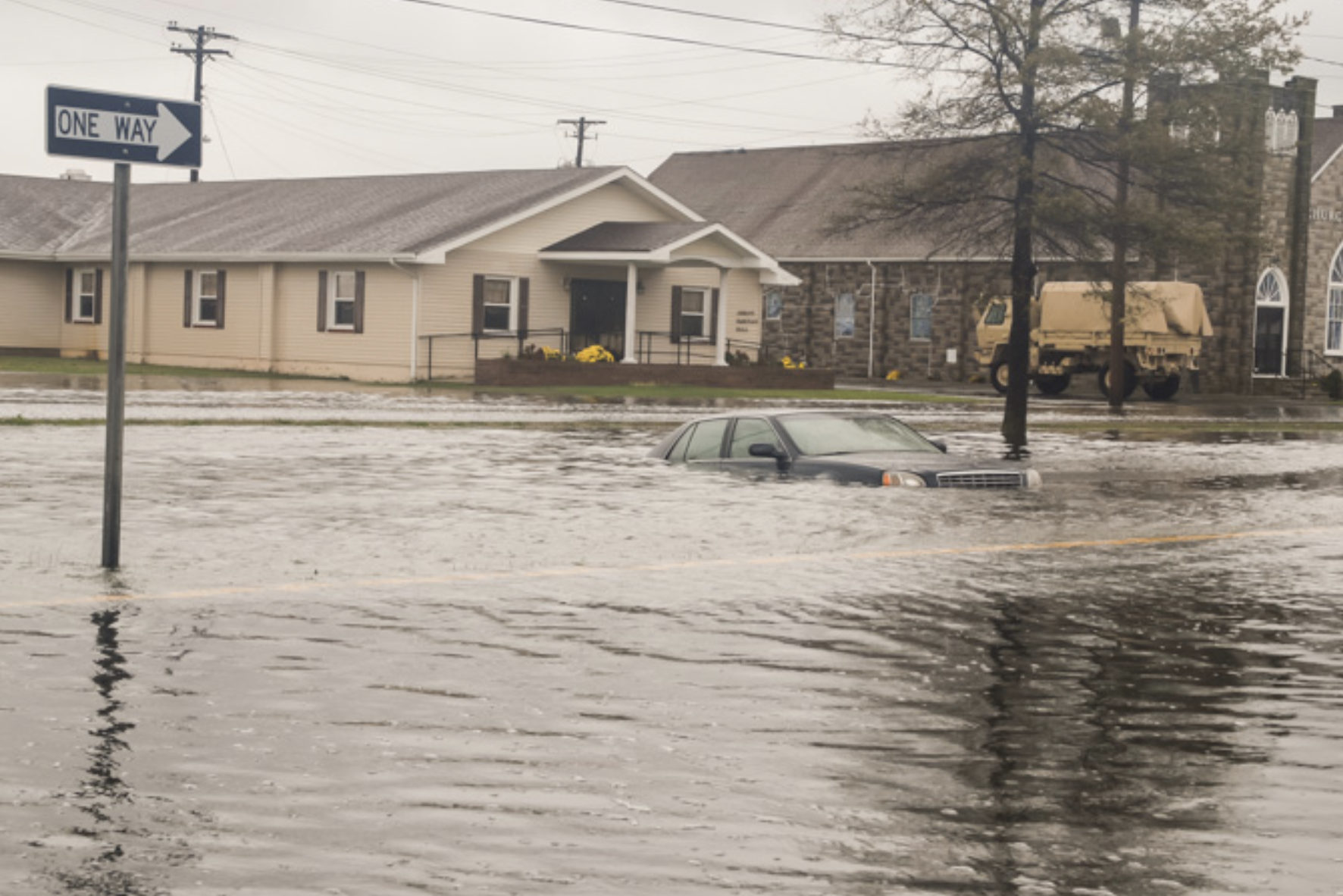1.2: Goals for Infrastructure Management
- Page ID
- 21104
Just as the number and extent of infrastructure systems are complex, so are the goals that are pursued for any particular infrastructure system. One common goal suggested is to ensure ‘sustainable’ infrastructure. One interpretation of sustainability is simply to have facilities with great longevity. However, this is often not a realistic goal. First, managers must be sensitive to the amount of resources required to construct and maintain any particular facility. Longevity requires greater capital investment for initial construction. Second, the requirements for facilities are likely to change over time. For example, the legal size and weight of trucks can change over time (usually with an increase), which may make existing bridges functionally obsolete since they cannot support larger trucks. Third, the usage of facilities may decline to such an extent that maintaining an existing facility is not beneficial.
For most infrastructure systems, managers adopt a planning horizon for longevity decision making. Such planning horizons can vary from a short period (such as a year or two) to decades (for infrastructures such as ports or buildings). Each organization involved in infrastructure management may have its own planning horizon for such decision making.
In practice, the goals for infrastructure management are complex and multiple. Most critically, facilities are expected to provide acceptable performance to a variety of users. For example, a local roadway might accommodate a variety of motorized vehicles (such as buses, cars, and trucks - moving or parked), bicycles and pedestrians (particularly at intersections). Deterioration of the facility can affect acceptable performance, as with the development of potholes, uneven surfaces and cracking for pavement. Extreme events such as earthquakes, hurricanes, flooding or terrorist activities can require immediate attention and response.

Figure 1.2 - Example of Flooding
Requiring Infrastructure Management Responses.
Source: By The National Guard (Maryland National Guard Uploaded by
Dough4872) [CC BY 2.0 (http://creativecommons.org/licenses/by/2.0)],
via Wikimedia Commons. commons.wikimedia.org/wiki/File%3AHurr
icane_Sandy_f looding_Crisfield_MD.jpg (accessed 9/16/2017)
Typically, goals for infrastructure management can be categorized as economic, environmental and social. Economic impacts include the direct and indirect costs of managing and operating the infrastructure system, the economic development potential for the system (including employment) and any user or non-user benefits stemming from the system. Environmental impacts are associated with ecological system uses, emissions to the environment (especially toxic chemicals and greenhouse gas emissions), and non-renewable resource use. Social impacts pertain to equity of benefits, social justice and individual development (including employment). This ‘Triple Bottom Line’ of goals is common for many social investments.

Figure 1.3 -Triple Bottom Line Goals
for Sustainable Infrastructure.
Source: US Environmental Protection Agency, Public Domain, http://archive.epa.gov/region4/p2/we...inability.html
(accessed 2/17/2016).


